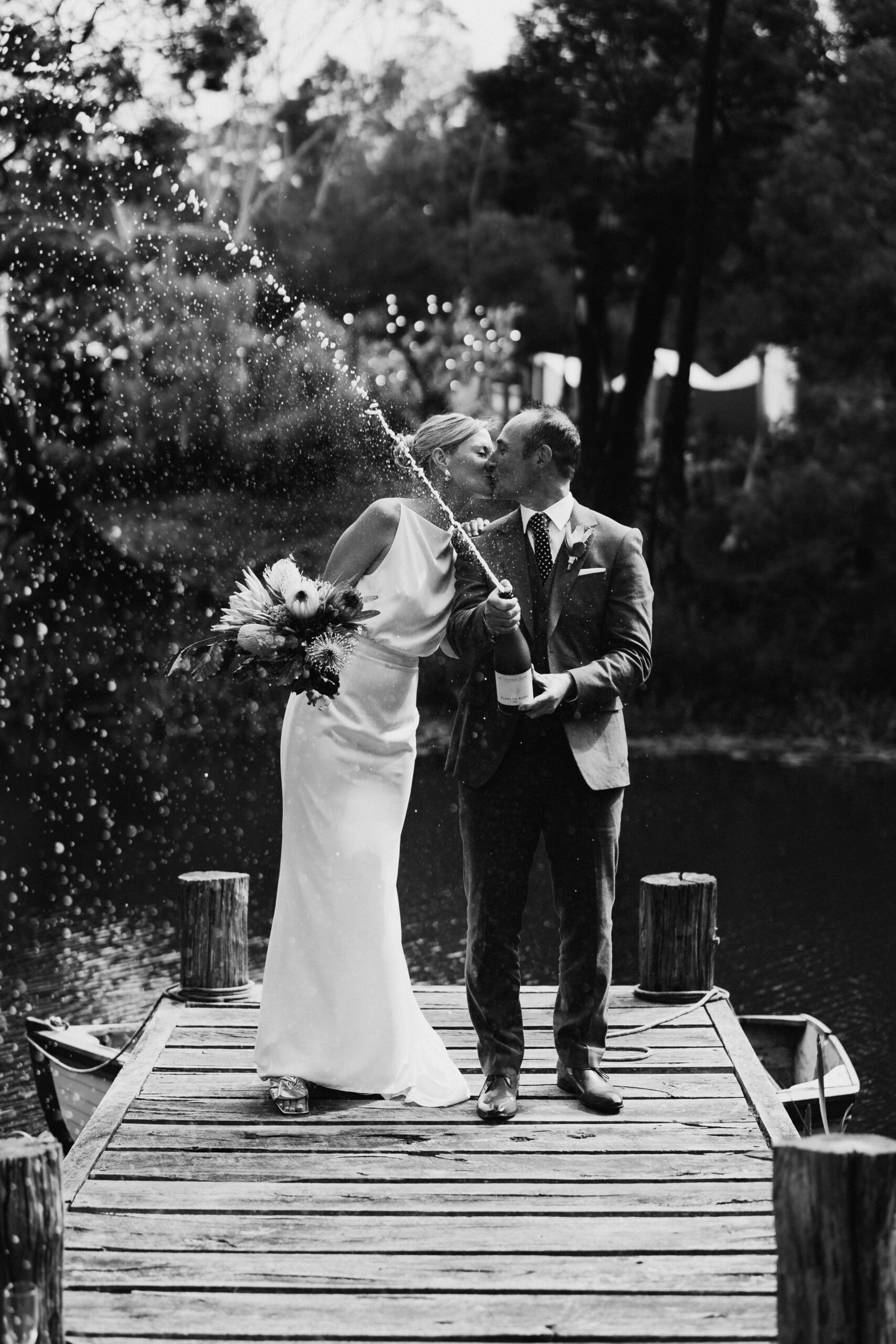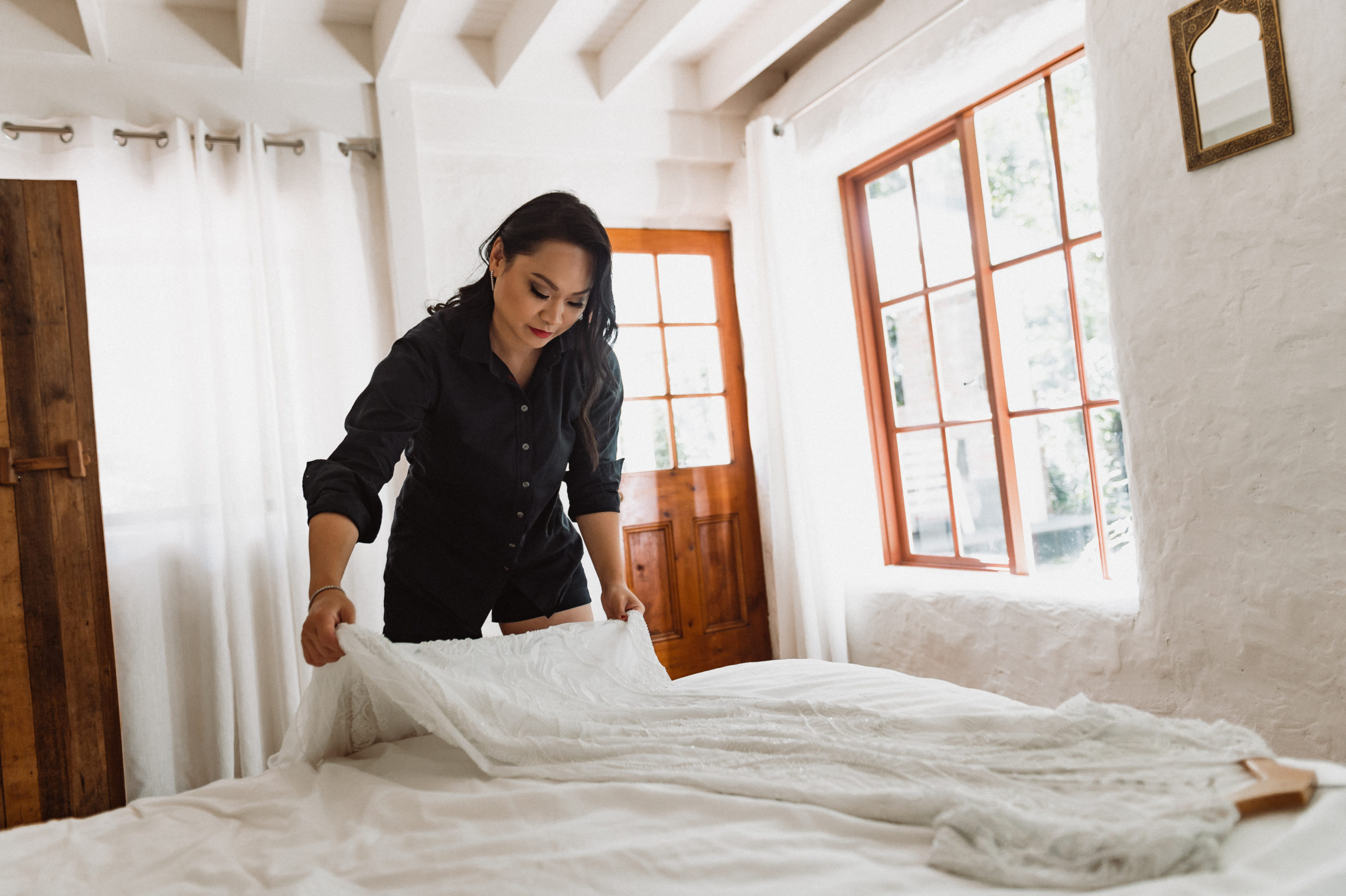articles and info
Don’t listen to what anyone says – you can do whatever you want when it comes to your wedding. Want to skip the big ceremony and elope? Go ahead. Want to get married in shorts and a T-shirt? Comfort, as they say, is king. Want to skip mains and only serve canapés and cake to your guests? Sounds like a proper party to me. It’s your wedding, after all.
The one thing that’s tricky to get around, though, is getting married in an actual place. You tend to always need the big V… a venue.
So, how to pick a wedding venue? Well, it’s not always easy, but there are some general pointers to follow…
- Know your guest list: Having a number in mind before you go looking at venues will save you from headaches and heartaches down the road.
- Remember your budget: Stuff adds up quickly in this area. Remember that old wedding adage: This shit is expensive.
- Select a location that suits your wedding style: Do you want a classic, bohemian or unconventional event? It’s key that the venue meshes with your vision.
- Start looking early: If you’re particular when it comes to the venue, the earlier you begin looking at places, the better.
These are all important questions to consider, but let’s get real, people. Let’s get real real. It’s all! About! The photos! If you want dramatic wedding photography and kick-ass images that tell the story of your wedding day, there are a few things to consider.
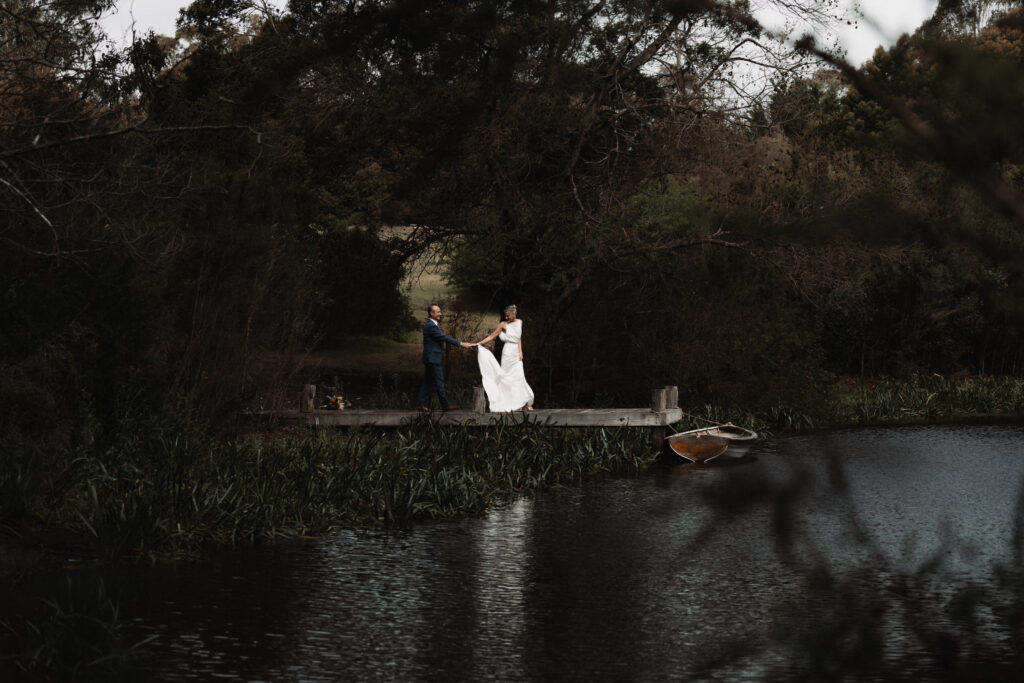
What is cinematic wedding photography?
You know that part in a movie that makes to go “oh shit, that looks cool!” or you can sense whats about to happen, or even you can laugh just by the camera showing someones face a the right time- thats what I call cinematic. It’s a language that we all understand but takes a whole lot of practice to speak.
With an experienced cinematic wedding photographer, you can capture images that evoke emotion and transport you right back to the moment.
A cinematic look is a combination of a whole bunch of ingredients coming together in one image. The most important factor, however, is the lighting. Light is everything when creating cinematic images, and knowing how to use good light when you see it is something that comes with experience.
We photographers will use light in various ways to get the right feel and atmosphere in our images. sometimes that means adding light with flashes or similar but more often its better to use the lovely sunlight coming through a window or peeking through the trees. Why imitate nature if the real thing is available?!
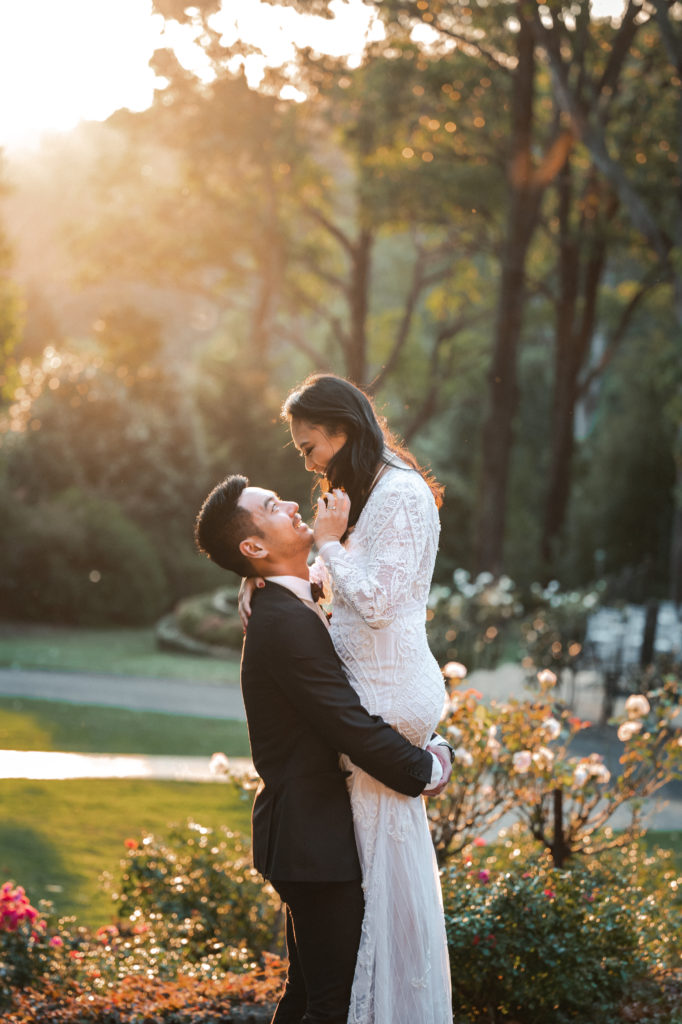
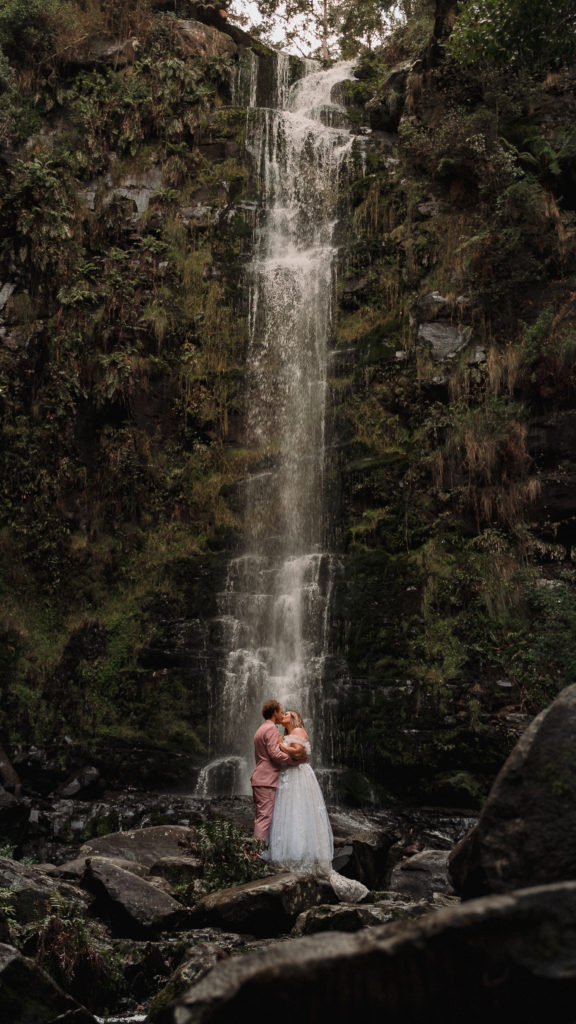
Choosing a photogenic wedding venue
Obviously you want to find photo-friendly wedding venues. But what exactly should you look for, and what are some of the elements worth considering?
1. Consider the outside space
Your location matters. Having a gorgeous environment to take your photos in can create a more cinematic and artistic approach than just having the portraits taken by a random tree outside your reception. Try to find a location that you really connect with – one that brings your vision to life.
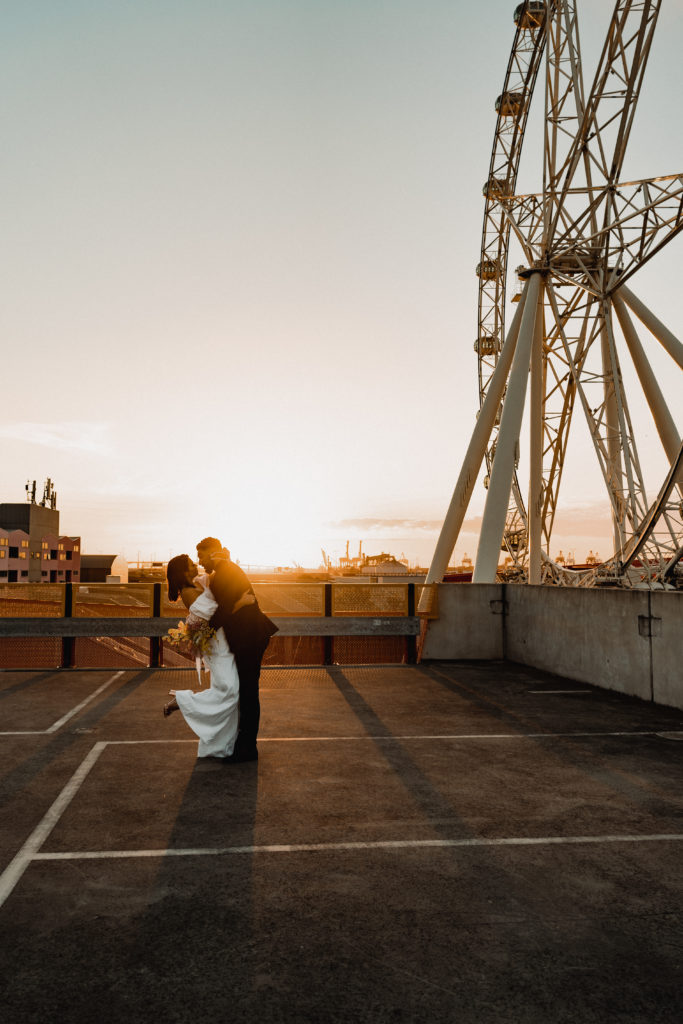
2. Scout the area
If you can, visit your preferred venue at different times of the day and on a few different occasions. This will help you see it in different lights and envisage how it could look for you and your guests. See if there are any lovely hidden areas that you really like. Then you can discuss them with your photographer and, light allowing on the day, they’ll be able to capture some of those secret spots for you.
Many people choose to tour potential venues in daytime hours. This can make a venue seem perfect with lots of natural light. However, most weddings occur in the evening hours, and this will change the entire spectrum of natural lighting. It makes the most sense to tour potential venues at the time the wedding will take place. This will give you the most accurate idea of what the natural lighting is going to look like during your wedding.
3. Find points of interest and features
The inside of a wedding venue can be just as important as the outside, so be sure to check your venue for interesting and visually alluring features. If you’re keen on a specific type of architecture, be sure to consider this prior to choosing your wedding and reception location.
When picking a photo-friendly wedding venue, you want a place that allows for many different photographs to be taken. Whether it’s outside on the grass or inside, there should be multiple places that allow for a range of image settings and backdrops. This is why it’s so vital that you tour the venue prior to choosing it so you can ensure there’s adequate space for a variety of pictures.
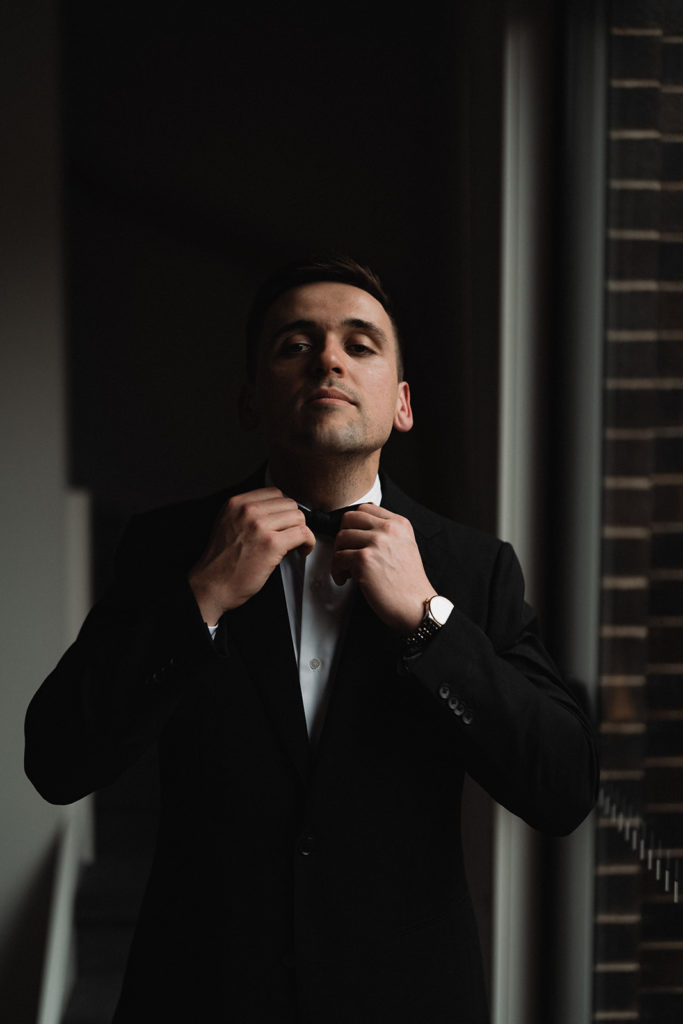
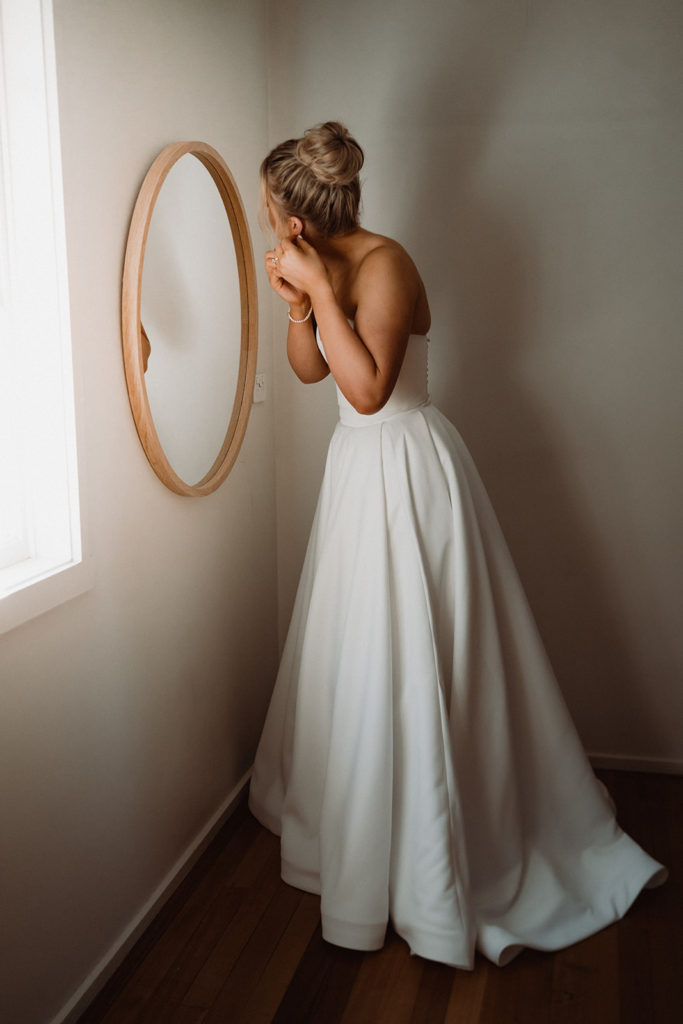
4. Consider the getting-ready space
Some of the best photos that capture the excitement of the day start in the getting-ready room. Your venue needs to have one that allows for some natural lighting. This will ensure that you’ll get some great photos while getting ready for the walk down the aisle.
5. Consider the ceremony site
For outdoor ceremonies, think about the direction of the sun vs what direction you and your partner will be facing. If you can find a spot with big, open shade, this might be preferable to spotty lighting or having one of you in direct sun while the other is in the shade.
6. Remember the seasons
In case you’re not touring your venue at the same time of year that your wedding will take place, be sure to remember that it might look totally different during a different season. Winter means thinner trees, which might reveal broader views, while spring might see blossoms pop up in the garden. The seasons will definitely change the look and feel of the space (and, of course, the sunset time).
I hope this gets your wheels turning as you think about things to consider when choosing your wedding venue. The most important thing to remember? A good photographer will make the most of any venue, any location and any lighting situation! That’s exactly what Mocha Films + Photo specialises in, so don’t be afraid to reach out and we can get started on capturing your most epic wedding memories.
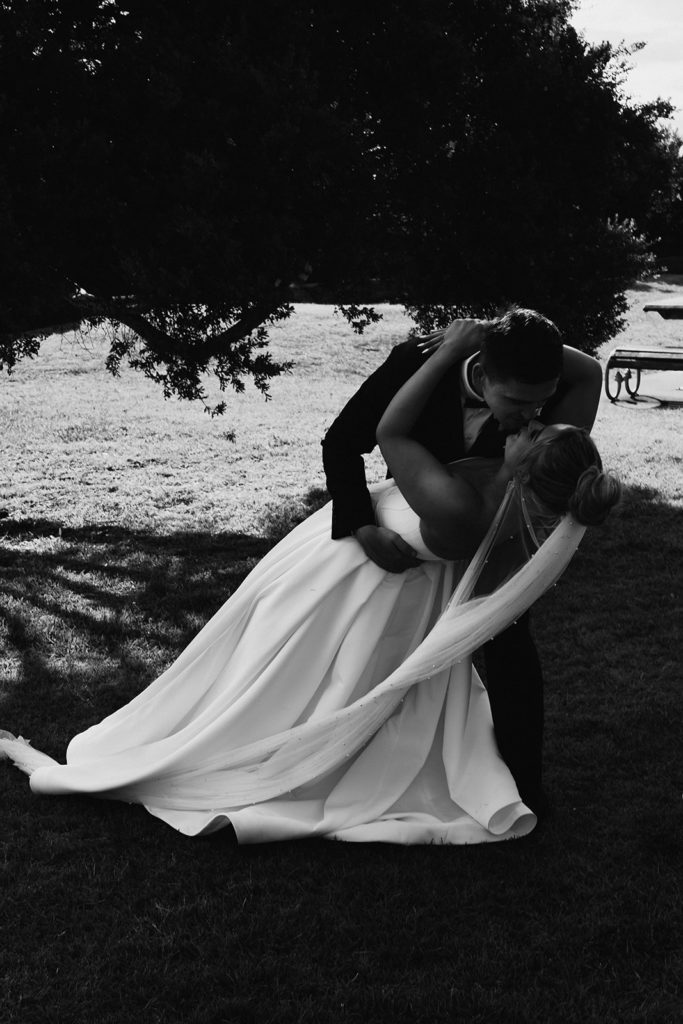
You’re getting married! BOOM! That’s awesome, romantic, exciting and all of those good things…but now you’ve gone and announced the dang thing, how do you actually create a wedding timeline that works and – most importantly – is fun?
As a British/Australian destination wedding photographer, fun to me means stress-free and easy, so that’s what we’re going to focus on. I like to ask my couples a few questions to get the ball rolling. And once we’ve got the answer they form the base of the day. Everything else will slide neatly into place by following a few simple rules.
Sound complicated? Don’t worry about it – you’ve got me in your arsenal now and I’m here to make it a breeze for ya!
But first…

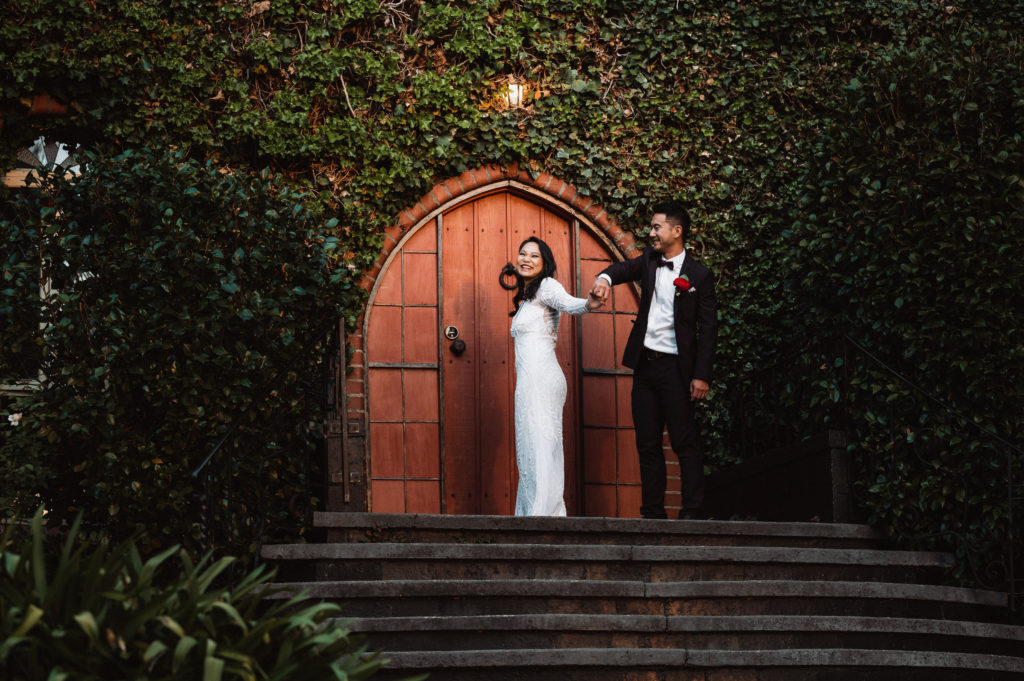
What is a wedding timeline?
A better question may be ‘what is a good wedding photography timeline?’. I know it can seem that most weddings follow a similar pattern – ceremony, drinks, dinner, dancing, right? Well, the thing is that each wedding is slightly different. There’s no ‘one-size-fits-all’ wedding day timeline, but it is possible with some planning to organise a schedule that creates the best wedding timeline for your day…
In my experience, the effort that goes into planning a well-timed and flexi schedule pays for itself 10-fold on the day. You’ll have given yourself plenty of time to move from one event to the next and will be able to relax and really enjoy yourselves while everything flows around you. How does it flow so well? Well truth be told, a good wedding day timeline is actually a MASSIVE help to all of your vendors – if we know what we’re doing, we can all work together to sort ourselves out while you and your guests party on!
Key events to consider when planning your wedding day timeline
When planning the list of events below, be sure to leave buffer times in between to give yourselves a little breathing room. This will allow you to take things at a relaxed pace and enjoy yourselves to the max while soaking in the moments.
- Bride prep
- Groom prep
- Guest arrival at ceremony
- Bride arrival at ceremony
- Ceremony starts
- Ceremony ends
- Group photos
- Family photos
- Couple portraits
- Cocktail hour/guests arrive at reception
- Grand entrances
- Speeches
- Cutting of the cake
- The first dance
- Father/daughter dance
- Sunset portraits
- Meals
- Dancing
- Exit
Getting ready photos
Your getting ready wedding photos will hold some of your most precious memories. Full of butterflies, excitement, fraternal/maternal/paternal love and a whole lot of laughter (and mimosas) – this is an extremely fun and beautiful part of your day.
Depending on the size of your bridal party, the morning prep can be quite a lengthy process. You’ll need to communicate in advance with your hairdresser and makeup artist to gauge how much time they’ll need to complete their work. You can then coordinate with your photographer and videographer to arrange the best time for them to come and capture both the groomsmen and bridal party getting ready images.
In my experience, it’s preferable for the bride to finish last. Your hair and makeup will be super fresh for the ceremony, all the bridesmaids are ready by the time the photographer arrives and you are just a few final touches away from putting your dress on.
After you’ve considered your time allowance for wedding preparation, add in a little buffer. If you’re running slightly later than expected, everything’s gravy – if you’re right on time or even a little early, you’ve just scored some extra hang time and hugs with your tribe before the main event. Win, win.
Top tip: If you have a super large bridal party, or are a little crunched for time in the morning, consider hiring more than one makeup artist and hairdresser. This keeps everything moving and avoids having a bunch of bridesmaids hanging around waiting for their turn.


How to plan your wedding ceremony timings
The perfect time for a ceremony is one that allows your day to flow the way you want. This is best puzzled out by considering the time of year you’re getting married and what time the sun sets.
As a destination wedding photographer in Melbourne, I recommend getting married a bit later in the afternoon during the summer months. The light will be better for photos and you’ll avoid gathering everyone in the hot sun. Both of these points count double if it is an outside ceremony. In the winter months, I would suggest an earlier ceremony time to make as much use of limited daylight as possible.
When planning your ceremony schedule, allow 30 mins for the guests and groom to arrive before starting, and around 15 mins for the bride to arrive before her entrance.
When it comes to filming your ceremony, there’s typically a fair bit of set-up involved. Discuss this with your wedding videographer to coordinate when they should leave prep and arrive at the ceremony location.
Tip: Allow a little time for your photography team to arrive before any of your guests. Aside from capturing a few snaps of the ceremony space, decoration and details, they’ll also be set up and ready to shoot the guests arriving as well as the groom meetin’ ‘n’ greetin’, while everyone waits in excited anticipation.
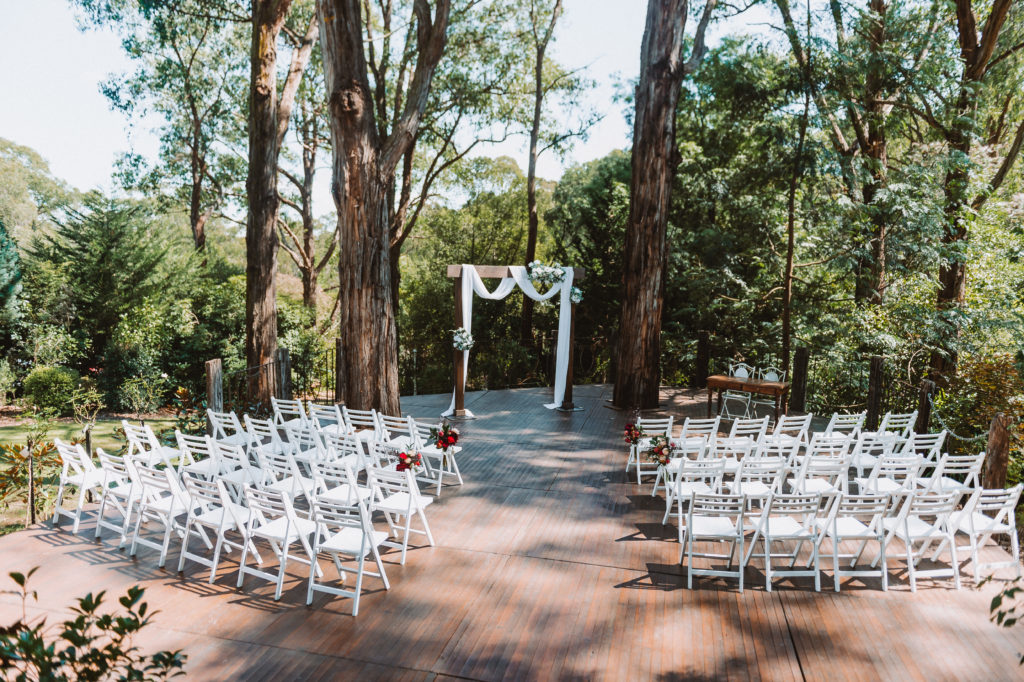
Group & family shots
Let’s talk about how to plan family photos at your wedding. I recommend leaving 1½ – 2 hours between the ceremony finishing and the reception. Two hours is enough time for us to get what we need done and short enough to not leave your guests hanging around too long before you arrive.
If a group shot or photos with specific family members are important to you, right after the ceremony is the perfect time to do it and I recommend about 30 mins. Everyone’s together already and haven’t yet had the opportunity to become distracted with bathroom breaks, cocktails, canapes or hackysack. Plan with your photographer prior to the day what your “absolutely must get” family shots are, so they’re able to take charge and let you enjoy the moment.
Tip: Coordinating 30+ people to pose for a shot can be surprisingly time-consuming, so remember your buffer time here. After tying the knot, you’re not going to want to play shepherd and spend your time yelling over the crowd for Aunty Mildred to get in the photo. Allocate one of your bridesmaids, groomsmen or family members to assist your photographer in the round up to keep things flowing.
Portrait shoot
When to plan the couples shoot during a wedding? The portrait shoot is the time of day where I whisk you two newlyweds off to some private locations to get those super cute ‘wow’ shots – or as I like to call them: “The absolute bangers!”
You guys taking a romantic stroll while your photographer hangs back to do their thing, is probably going to be the first (and possibly one of the only) chances you guys will have on the day to be relatively alone in each other’s company. A little planning and coordination ahead of time will allow you to enjoy this part of the day so much more, creating some really beautiful memories.
Allow around 45 mins for the portrait shoot. It can be done quicker or we could take more time but in my experience, 45 mins is a real Goldilocks timeblock. We don’t want to keep you on your feet or away from your guests too long but we do want to make sure we’ve got the time to keep things nice and relaxed, so you can have fun with it and enjoy the experience.
Many venues already have a bunch of great backdrop options and not needing to travel anywhere can take some pressure off the timeline. However, if you do plan the portrait shoot at an off-site location then driving, parking, traffic, looking for a spot that isn’t crowded all need to be accounted for so they don’t eat into our shoot time. I recommend planning ahead with your photographer and videographer and choosing a few specific spots and perhaps a Plan B just in case a road closure or some other unforeseen event makes things difficult.
Tip: On that note, take a few minutes to Google any large events taking place on your wedding route! There’s nothing like a protest or marathon blocking you in and trapping you in spot to kill a schedule.
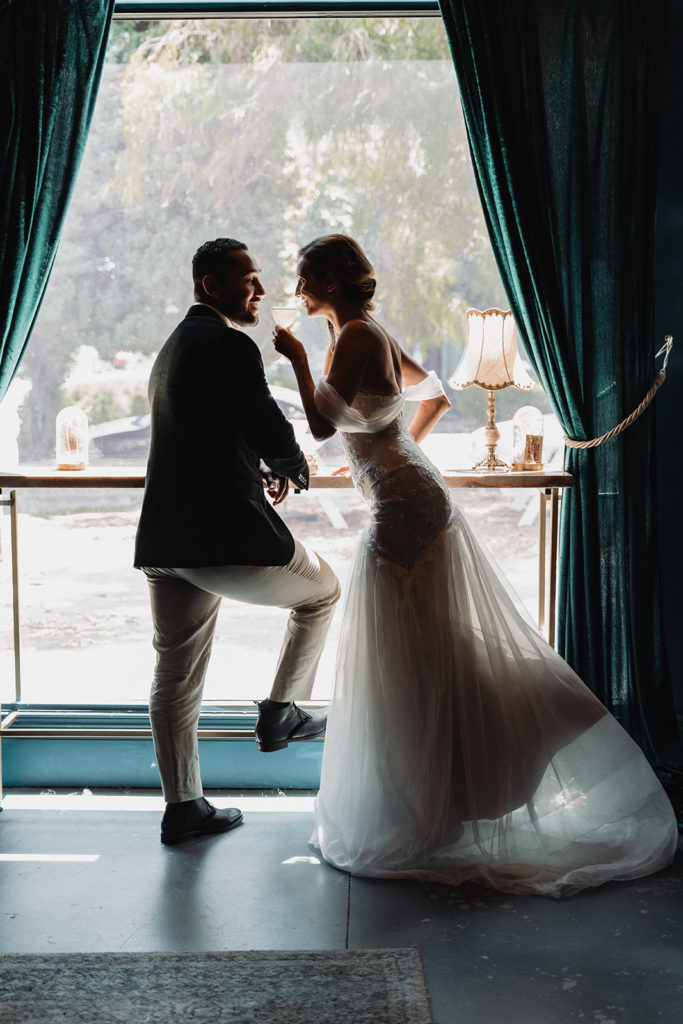
Golden hour couples shoot
It’s highly likely at this stage in the planning process you’ll have heard the phrase ‘Golden Hour’. Asking yourself ‘what is Golden Hour?’ and ‘is Golden Hour important for couples photos’? I got ya! Golden Hour is the hour just before sunset and just before sunrise. Just like its name suggests, this hour produces a beautiful golden light that is hugely popular with photographers and wedding photography in general. The light is soft, slightly blurred, romantic and can create a warmth of instant nostalgia. That said, weather and Mother Nature in general might have different plans when it comes to whether or not your day gets a roaring sunset, so it’s best not to get too hung up on the idea of this hour and just be stoked if all the cards fall into place on the day. Any wedding photographer worth their salt will be able to capture beautiful images of you no matter the time of day, and will be keeping a close eye on the light and changing weather conditions to know the perfect time to whisk you away!

Reception
Scheduling the reception can sometimes seem like the hardest part but it’s simple if you answer the right questions and let the answers form the framework for your wedding timeline:
Q: What time are you making your entrance?
A: Approximately 2 hours after the ceremony concludes.
Q: What kind of catering are you having?
A: This can influence how you schedule speeches for the evening. For example, a 3-course meal is nicely broken up with a round of speeches in between courses. After your final course, you can transition to your first dance and whole party Boogie Town on the D-floor. If you’re having more of a buffet/cocktail-style catering then getting all the formalities finished right after your entrance could be the way to go.
Q: Are you having a grand exit?
A: A sparkler exit, human archway or a hot-air balloon departure are all amazing options to end the night but take a little time to fulfil.
Tip: People can be tricky to shepherd, especially as the night wears on – avoid having them move over here for a toast and then back there for the cake. Keep it simple and make them move as little as possible. I suggest getting your formalities finished as early as possible. This allows you and your guests to relax and enjoy the evening (and the beers).
You did it. One easy wedding day timeline. Done. Go you!
Final Thoughts
If things go a little bit off track on the day, honestly – don’t worry. It’s never an issue. You’re the star of the show and we’re trained to adapt and sort things out around you. The unplanned bits are often what creates the best memories. Work closely with your photographer or videographer and we can make anything work.
I love sharing my knowledge and experience with each new couple and bringing your ideas to life. I want to reflect who you are as a couple and tell your unique story through my images. As your Australian destination wedding photographer, I’m ready to help in any way I can, so that you walk away with a glow of memories and a collection of fittingly dreamy images. Reach out to Mocha Films and Photo so we can get started on capturing your most epic wedding memories.
